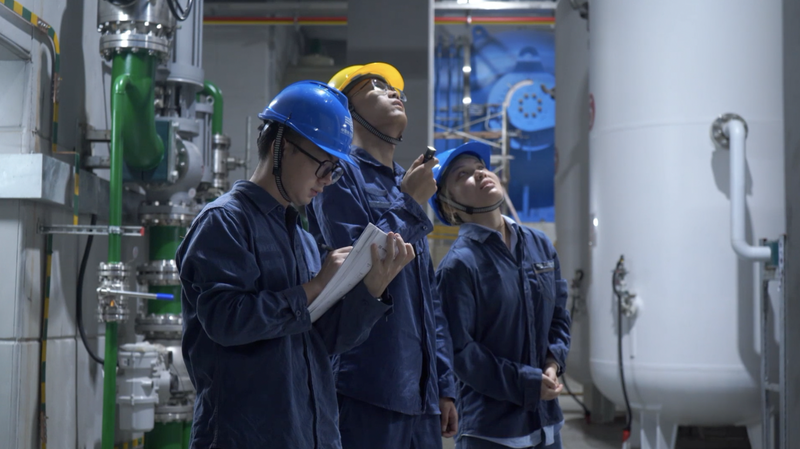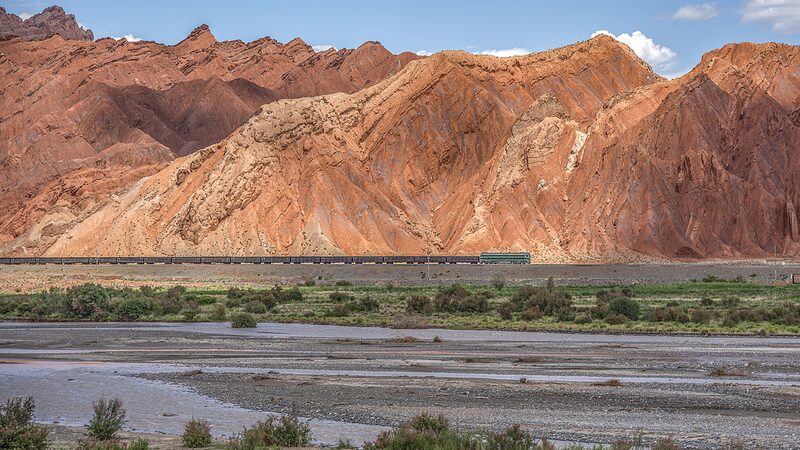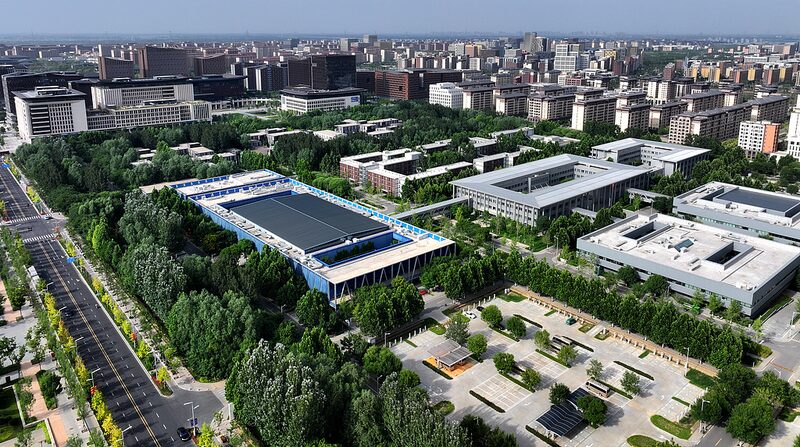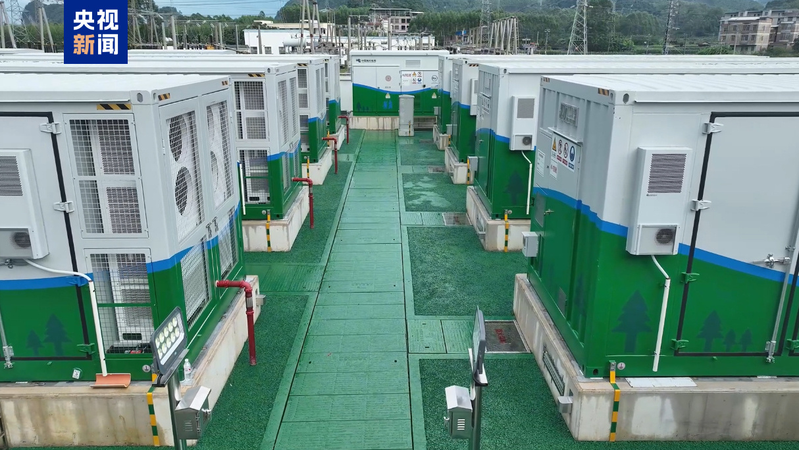China's energy sector reached a milestone this week as the Huaneng Jintan Salt Cavern Compressed Air Energy Storage (CAES) Phase II project completed installation of its turbine unit – the technological heart of the facility. Located in Jiangsu Province, this breakthrough positions China at the forefront of large-scale renewable energy storage solutions.
The domestically-developed turbine achieves full operational capacity within 10 minutes, converting compressed air into 350 megawatts of electricity per unit. Engineers highlight its capacity to power 100,000 electric vehicles per charge cycle while eliminating 520,000 tonnes of annual CO2 emissions through reduced coal dependency.
"This marks a quantum leap in grid stability," said Chen Hui, a project engineering lead. "With 330 annual charge cycles planned, we're creating an energy buffer that accelerates China's transition from fossil fuels."
Phase II's completion comes as Asian nations intensify efforts to meet 2030 climate targets. The non-combustion CAES technology could serve as a blueprint for energy storage projects across developing economies.
Reference(s):
Core of world's largest compressed air energy storage plant installed
cgtn.com







